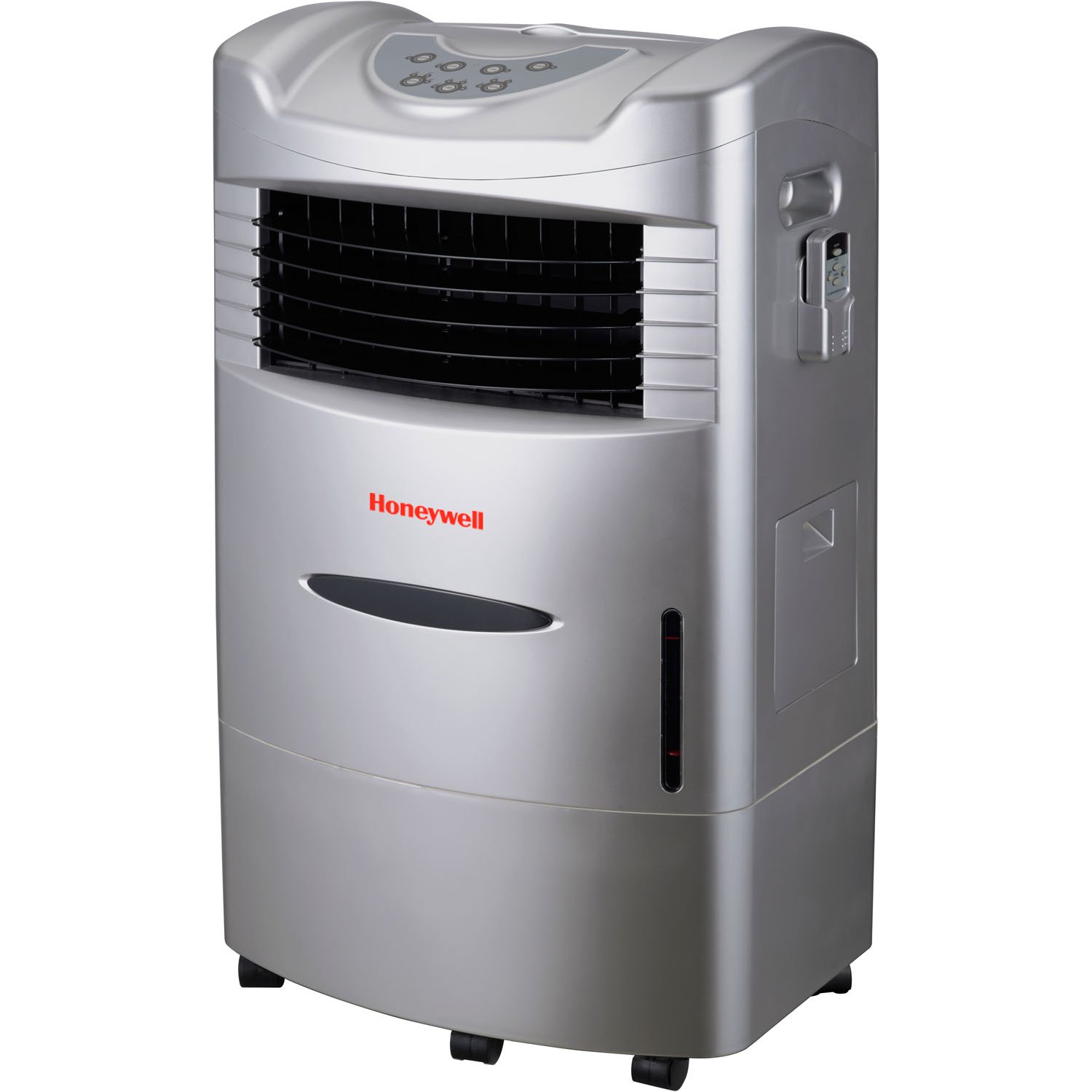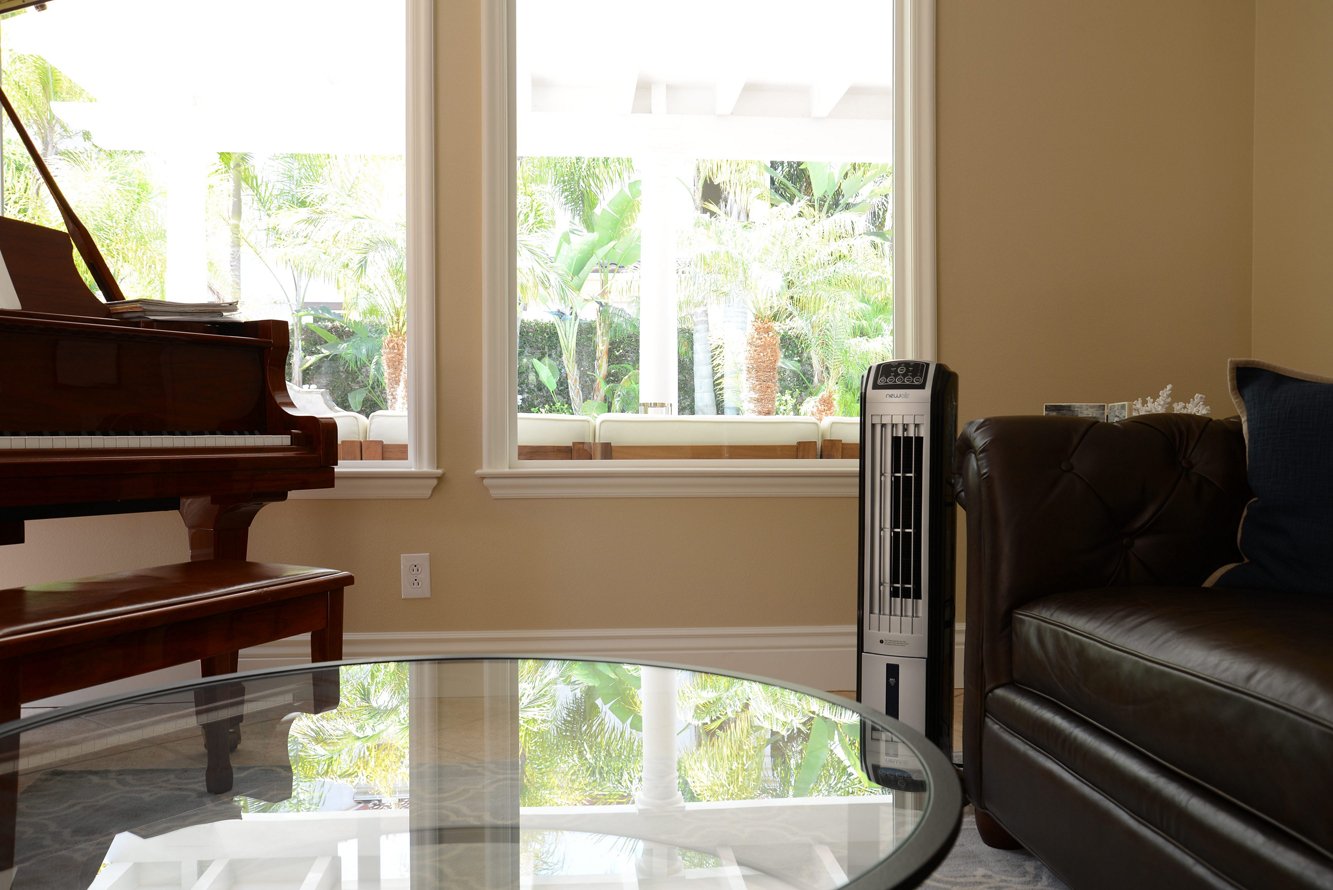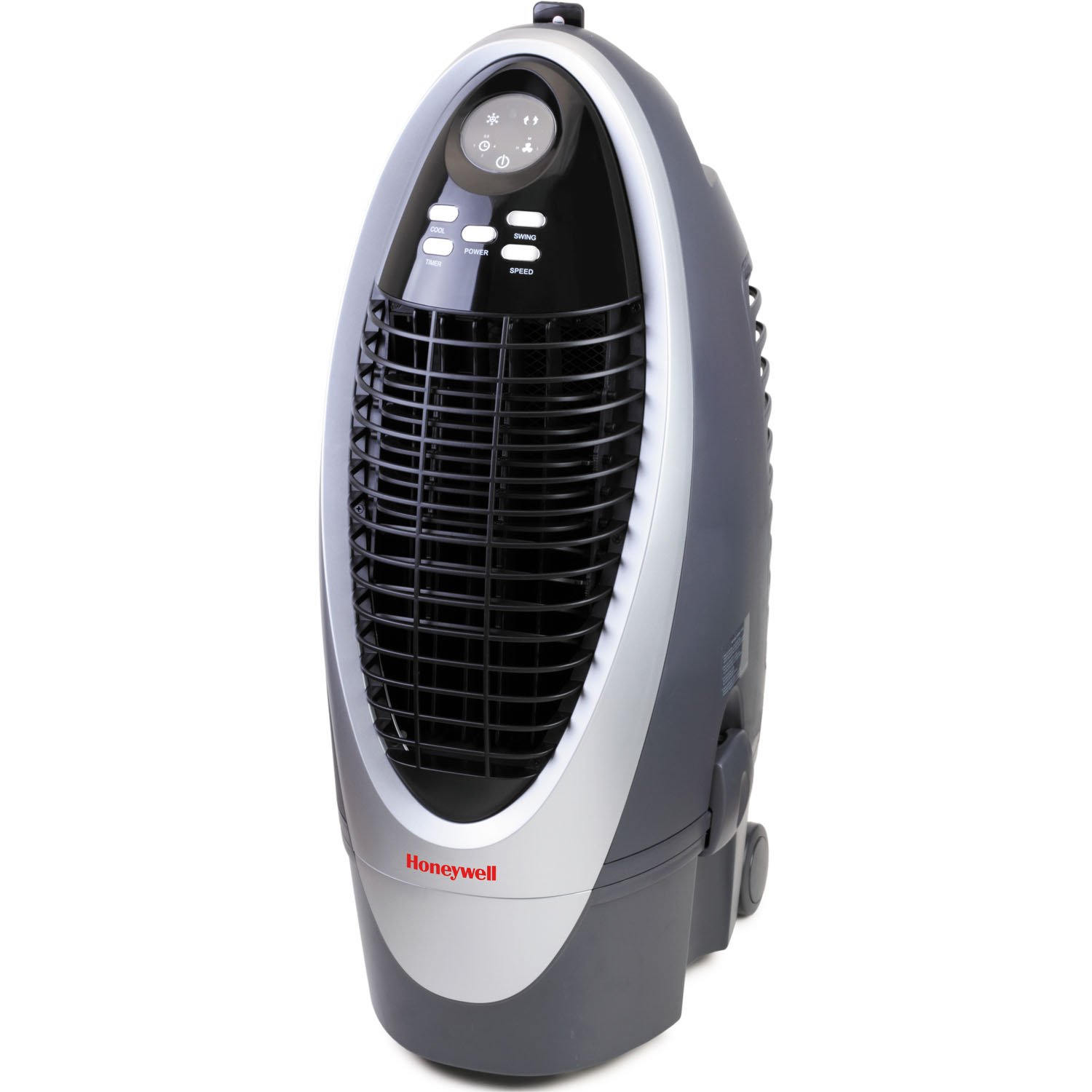
Have you ever asked the question, what is a swamp cooler? The term refers to evaporative coolers that offer an alternative to the typical air conditioning system. Swamp coolers lower temperature using evaporative cooling versus vapor-compression refrigeration.
It's a strange nickname as these coolers don't work in places with lots of swamps, like Florida. The name most likely comes from the fact that swamp coolers add humidity to the air. If they aren't cleaned often enough, they can end up with a swampy smell.
 Where You'll Find Swamp Coolers
Where You'll Find Swamp Coolers
In order to work, evaporative coolers need a hot, dry climate. In the US, you'll find lots of swamp coolers, especially in older neighborhoods (Mesa, Arizona pictured above) because they work well in the arid southwest. Swamp coolers are less expensive to operate, so you'll find more in areas that have low humidity and lower income levels.
Benefits of Using A Swamp Cooler
Swamp coolers use a simple, efficient technology that's been around since the days of the pharaohs (hope you can imagine this as I don't know where my pyramid photos are). Let's start with how swamp coolers lower air temperature.
Evaporative coolers start by pulling outdoor air into the cooler. As the air passes over water-saturated pads, the water evaporates by shedding molecules into the air. As the water molecules become suspended in the air, they draw some of the heat from the hotter air, cooling it down. A fan is used to direct the cooler air into the room/home. To learn more, you can learn about Wet and Dry Bulb Temperature at HowStuffWorks.
That brings us to the benefits of using a swamp cooler. And remember that evaporative coolers only make sense in dry climates.
- Much lower cost to purchase and install swamp coolers.
- Coolers use much less electricity than air conditioners.
- Coolers add humidity to your home versus air conditioners that remove humidity. They double up as a humidifier, and provide cooling.
- Evaporative coolers bring in fresh air from outside versus air conditioners cool and recirculate the air already in your home.
- Evaporative coolers don't require ductwork, but you'll have to control air flow by opening/closing doors and windows.
Want to learn more in your search for the right swamp cooler for your house? Here are two videos I liked for different reasons:
- How an Evaporative Cooler Works – illustrates how they work and benefits.
- How Evaporative Air Coolers Work – shows how they work plus tips on cleaning them.
Don't assume you have to put a swamp cooler on your roof. You don't as these portable coolers illustrate. Like air conditioners, you can get a whole house cooler, a window evaporative cooler and one of these smaller coolers might be perfect for your garage or greenhouse.
Honeywell Indoor Portable Evaporative Cooler (42 pt) NewAir Indoor/Outdoor Portable Evaporative Cooler (?? pt)
NewAir Indoor/Outdoor Portable Evaporative Cooler (?? pt) Honeywell Indoor Portable Evaporative Cooler (21 pt)
Honeywell Indoor Portable Evaporative Cooler (21 pt)
Note: If you're buying an evaporative cooler that's larger than these portable ones, review Sylvane's Swamp Cooler Buying Guide.
Disadvantages of Evaporative Coolers
Evaporative coolers aren't the right solution for everyone. They'll cool your house down to a higher temperature than an air conditioner. That's important to understand whenI you live someplace like Phoenix where temperatures remain over 100º F for weeks and months.
Probably the biggest problem is swamp coolers need monthly maintenance. With this type of cooler on your roof, you'll need a ladder. Climbing on the roof this frequently may cause roof deterioration. And this might require you to repair or replace your roof more frequently.
Lastly, evaporative coolers use water continually. If water supplies are a problem (and they will soon be in many parts of the US), you'll want to factor this into your decision.
 Where You'll Find Swamp Coolers
Where You'll Find Swamp Coolers






Leave a Reply